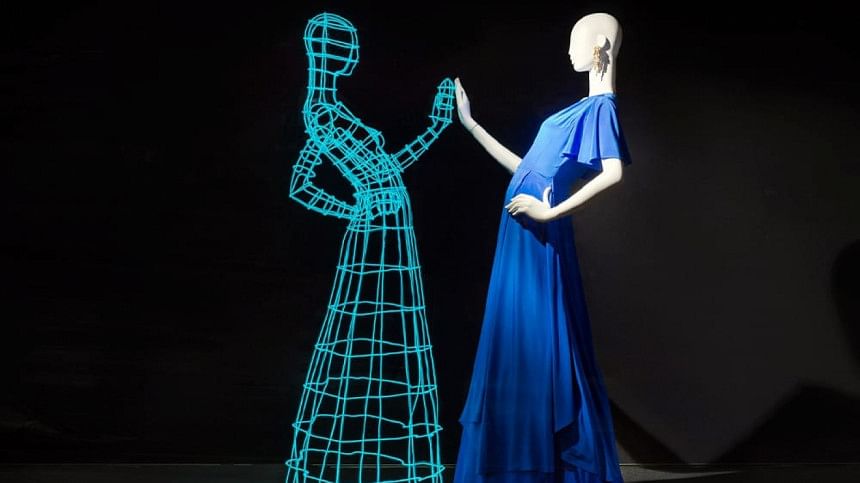Remodelling the world of fashion through technology

The fashion industry has always been at the forefront of innovation, with designers pushing boundaries and creating new trends every season. In recent years however, technology has played an increasingly important role in transforming the way fashion is produced, marketed, and consumed. From sustainable materials to 3D printing, the fashion industry is undergoing a major technological transformation.
According to industry experts, the future of fashion will continue to be shaped by technology. "In the foreseeable future, technology will continue to play an important role in all aspects of the fashion industry," says fashion analyst Karen Harvey. "From sourcing and production to retail and marketing, technology will continue to drive innovation and change." Other experts predict that eco-friendly clothing and virtual fashion content will become even more prevalent in the coming years. Let's explore how technology is shaping the future of fashion.
Sustainable materials
One of the most significant trends in fashion is the use of sustainable materials. As consumers become more conscious of their impact on the environment, fashion brands are turning to eco-friendly fabrics and materials to reduce their carbon footprint. Some examples of sustainable materials include organic cotton, recycled polyester, and Tencel, which is made from eucalyptus trees. These materials not only help reduce waste and pollution, but they also promote a more ethical and sustainable fashion industry.
3D printing technology
Another technology that is transforming the fashion industry is 3D printing. With this technology, designers can create intricate and complex designs that were once impossible to achieve by hand. 3D printing also allows for greater customisation and personalization of clothing, as it can be tailored to an individual's specific measurements. Additionally, 3D printing enables faster and more efficient production, reducing waste and lowering costs.
Virtual fashion shows
The COVID-19 pandemic has forced the fashion industry to adapt to new ways of showcasing collections. Virtual fashion shows using augmented reality (AR) have emerged as a viable alternative to traditional runway shows. AR allows designers to create immersive and interactive experiences that bring their collections to life in a virtual space. This technology also enables consumers to see clothing in 3D and try on virtual outfits before making a purchase.
Personalised shopping
Technology is also transforming the way we shop for fashion. Personalised shopping experiences, such as virtual stylists and personalised recommendations, are becoming increasingly popular. By analysing consumer data and preferences, brands can provide tailored recommendations and suggestions that are more likely to resonate with individual shoppers. This not only creates a more efficient and personalised shopping experience but also enhances customer loyalty.

 For all latest news, follow The Daily Star's Google News channel.
For all latest news, follow The Daily Star's Google News channel. 








Comments